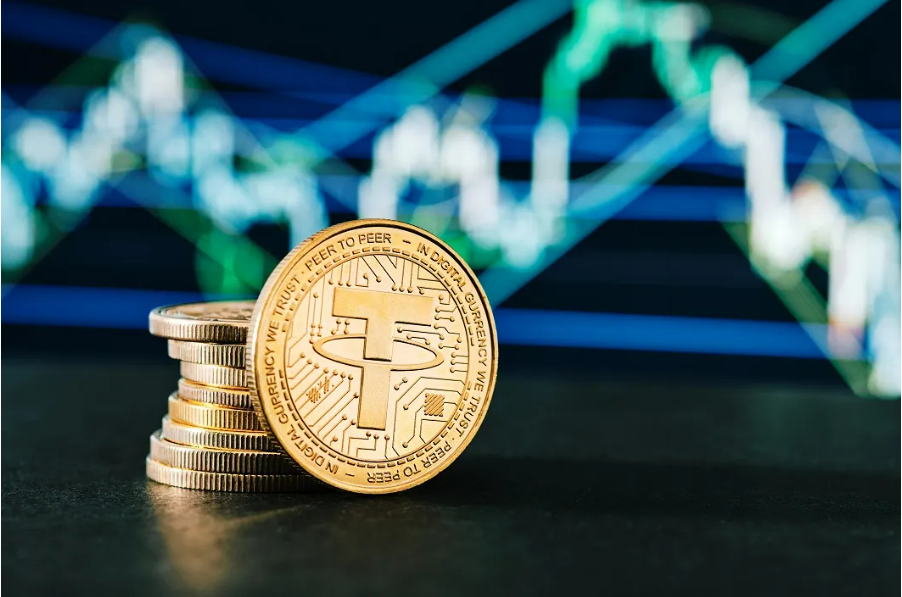The number one stablecoin by market cap has announced it will reach $1.6 billion in excess reserves of Tether (USDT). The firm estimates this figure for the March quarter.
Tether Chief Technology officer Paolo Ardoino disclosed that it expects an estimated $700 million in profit within the said period pushing the reserves higher. Ardoino further revealed that this money would remain in Tether to support USDT capitalization.
Tether Expects to Make More Profit this Quarter
In a CNBC report, the Tether CTO revealed that the firm made $700 million in December 2022 quarter. According to the report, Tether’s assets exceeded its liabilities during the quarter. Notably, after subtracting the liabilities from its assets, the company had $960.6 million left.
While speaking with CNBC, Ardoino stated that Tether’s excess reserve will record an additional $700 million this quarter. The figure will supposedly push the reserve to $1.66 billion marking the first time it achieves a figure above $1 billion.

Regarding how Tether makes money, users pay a $1,000 withdrawal fee; the minimum amount a user can withdraw is $100,000. Secondly, Tether reportedly makes money by investing in precious materials and digital tokens. It also issues loans to many institutions, thereby earning interest.
Moreover, the challenges USDC faced when Silicon Valley Bank (SVB) crashed also pushed up USDT usage. Recall that Circle announced it had $3.3 billion of its USDC reserve stuck in SVB.
After the announcement, USDC de-pegged from the USD, causing panic and a selling frenzy among investors. Many USDC holders moved their coins to USDT, exchanging them even below the market value to cut costs.
The loss in USDC and the banking crisis prompted the Tether CTO to recommend USDT as a safer alternative. In Arduino’s words, the stablecoin is making money while the traditional banks are falling.
According to CNBC’s Ryan Browne, Arduino was asked if Tether could withstand an event like the Silicon Valley bank crash. In response, he referred to the instability of Credit Suisse and other banks, asking why people still question Tether’s reserve when recording massive gains.
A Brief On Stablecoin And Regulators
This new development is an excellent achievement for the USD-backed stablecoin, which means more user trust. Recall that these asset classes have always faced regulators’ scrutiny due to claims of a 1:1 peg ratio to fiat currencies such as USD or precious stones such as Gold.
However, the regulators’ attention increased following the crash of TerraUSD/UST in 2022. The stablecoin was supposedly pegged to the USD but didn’t own cash in reserves to back up the claim. It only depended on other mechanisms to maintain the peg. As it crashed, investors lost billions of dollars.
Following UST’s crash, regulators mandated that stablecoin issuers disclose their reserve amounts and components more transparently to prove they have USD amounts equivalent to the coins in circulation.
Featured image from Pexels and chart from Tradingview.com











